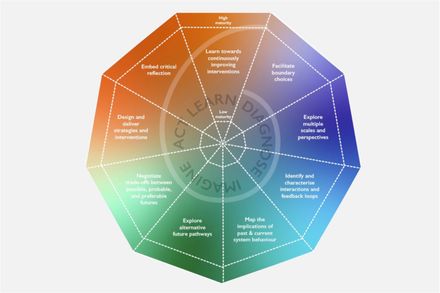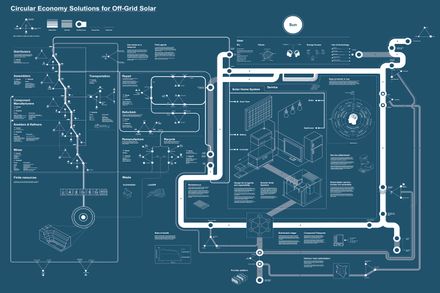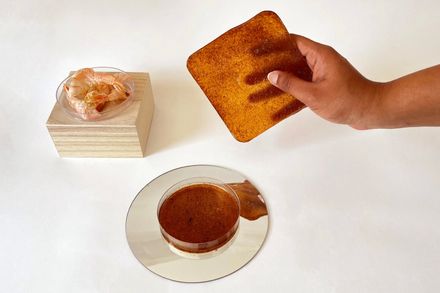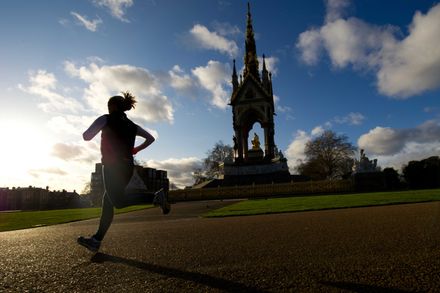We combine action research, creative practice and real-world application to realise interdisciplinary projects - from circular product design to the development of strategic tools for innovation teams.
Selected projects
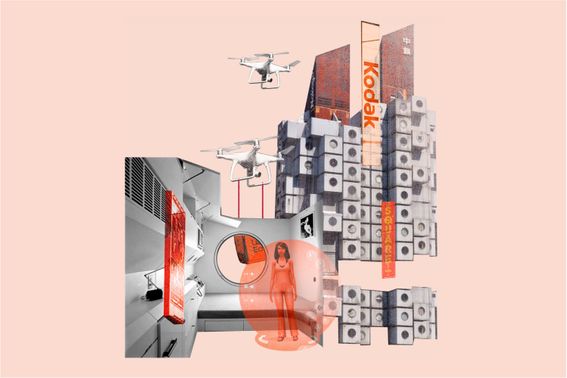
Who will become vulnerable in a net zero energy transition?
A set of future energy scenarios that explore how new contextual vulnerabilities might emerge in a move to a net zero future. Highlighting future lifestyles and how our relationships with energy may change, this project helps identify how we might prepare for future energy needs through twelve emergent vulnerabilities.
Commissioned by SSEN and funded by the ENA / Work conducted in partnership with Futurall.
Full report here: Future Energy Vulnerability (pdf)

Who are the engineers of the future?
A snapshot of a connected and agile future engineering business, which brings to life a set of the future engineers that work within it. By exploring these future roles, and the driving signals of change, this project highlights the core skills future engineers and engineering businesses will need to grasp the possibilities of the future.
Commissioned and funded by Atkins / Work conducted in partnership with Professor Sandra Kemp and id.
Full report here: Engineers of the Future (pdf)
Ongoing
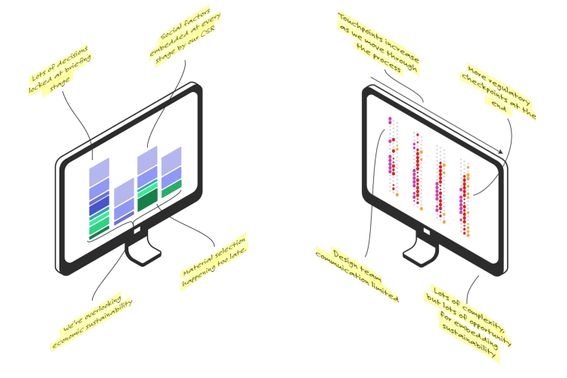
How can we embed sustainability into design processes?
Design Pathfinder is a tool that helps design teams assess and embed sustainability in their design processes. Built to support reflection and strategic decision-making, the tool maps sustainability hotspots and critical touchpoints across a project’s life. This gives clear insights into product and design performance, to be used for impactful change and process improvement.
Funded by Loughborough University / Work initiated at the Centre for SMART, and continued at Imperial.

How can we design sustainable electronic textiles?
This ambitious project brings together partners from across the value chain to explore how to build sustainable electronic textiles. By integrating across disciplines at a very early level of technology readiness, this project utilises a life cycle approach to model the impacts and interdependencies that occur when mixing two complex product sectors.
Funded by the European Union / Work conducted in partnership with the e-Body Lab and the STELEC consortium of nine European institutions from across industry and academia / Ongoing work, due for completion in 2028.
Design futures
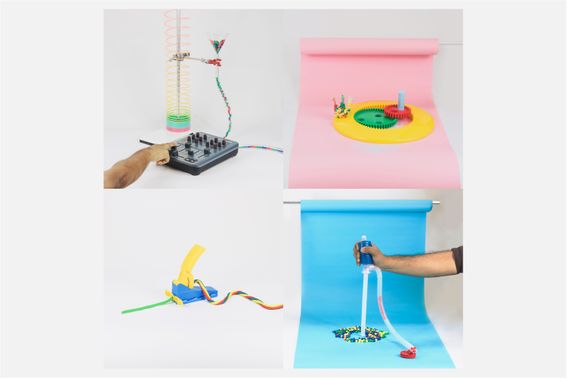
How can data build connections between designers and users?
This project presents four future scenarios of a data equipped designer - describing the networks they operate within, and the tools they use to wrangle data and understand users. The scenarios explore modes of data ownership, consumer empowerment, and corporate structures to understand how the role of the designer might change in a data led future.
Funded by UKRI / Work conducted in partnership with the Mixed Reality Laboratory at the University of Nottingham.
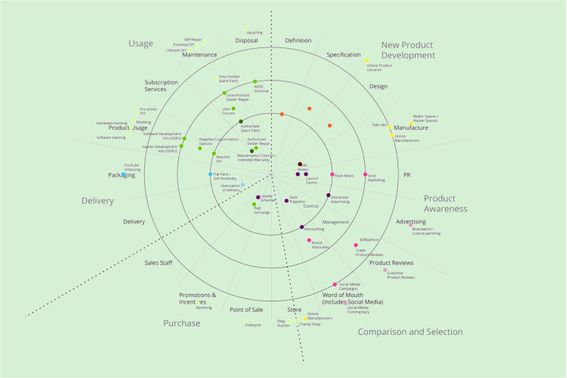
How can circular product systems be designed with users?
This project explored the opportunities and challenges for integrating users in the product development of sustainable products. It mapped points of consumer intervention in product lifetimes, investigated product repair and peoples’ relationships with their products, and developed future scenarios and workshop toolkits for exploring new ways to imagine the journeys of circular products. Full report here: Business as Unusual (pdf)
Funded by UKRI as a feasibility study for the RECODE Network / Work conducted in partnership with Cranfield University, Loughborough University, and the Open University.
Supervised work
Below are selected projects supervised by the lab - collaborations with undergraduates and postgraduates building their expertise. They form a critical part of our exploratory community, and a snapshot of our extended alumni network.
Supervised projects
PhD students

How can co-design improve satisfaction with our clothes?
This project explored design of and with digital product customisation experiences - to support users to be more engaged with, and satisfied with, their garments. Customisation can reduce waste and tackle consumerism by building stronger relationships with products co-designed by us and cherished for longer. This project used mental imagery to balance the cognitive effort used and build better experiences and outcomes.
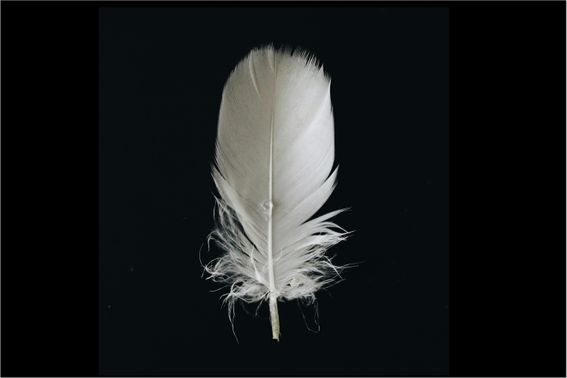
What are the barriers to designing a circular economy?
This project explored how waste chicken feathers could be transformed into sustainable materials, leveraging their unique properties for high-performance applications. A powerful example of design-led circular innovation, the project explored potential applications in thermal and acoustic insulation. The work resulted in a start-up company and a comprehensive understanding of the barriers faced by using waste materials in a circular economy.
Elena Dieckmann / PhD 2020 / In partnership with Professor Chris Cheeseman / Funded by the Dyson Foundation.
